Very frequently we hear about Otitis, but what really is otitis and what are the symptoms and its main causes?
The term Otitis refers to inflammatory process affecting the ear in its 3 components: in fact we speak of otitis Outdoor, medium ed intern.
The ear, an important organ not only for hearing but also for balance, is in fact divided into 3 portions, each of which performs a different function. The inner ear, in close contact with the cassocks that cover the brain and the medulla (meninges), is the real responsible for the perception of sound and balance. The middle ear, on the other hand, functions as a sounding board by amplifying the sounds that are addressed to it from the outside. The external ear is the useful channel to "capture" sounds and convey them towards the internal components.
The most common otitis, but not easier to resolve, are the otitis exteriors, i.e. those affecting the external ear formed by a pavilion and an auditory canal. These otitis, if neglected, can cause inflammation and subsequent infection of the innermost parts of the ear, thus determining the significant aggravation of the animal's health condition with possible onset of neurological symptoms (ataxia, dry keratoconjunctivitis, Horner syndrome, peripheral vestibular syndrome , deafness etc ...).
But how do you notice otitis?
The inflammatory state of the external ear causes frequent head shaking, increased ear wax production, persistent itching, redness, tenderness with possible changes of mood, unpleasant odor, bending of the head on one side.
The factors that contribute to the onset of the process are multiple and distinguishable in different categories:
Anatomical factors such as very narrow ear canals, excessive presence of hair, hanging ears, etc., are all characteristics that allow the development of an environment suitable for bacterial or parasitic colonization.
Environmental factors such as a hot-humid climate or frequent baths with bad drying of the duct, they are certainly predisposing factors for the excessive environmental humidity which favors the growth of bacteria or yeasts.
The state of inflammation, which gives rise to a hot and humid environment, if left out, causes the onset of more complicated and more difficult to cure phenomena.
The causes of otitis they are multiple and can be summarized in primary and secondary. Among the primary causes we have food allergies and intolerances, but also external parasites, numerous diseases (autoimmune, thyroid, parasitic ...) and foreign bodies. The secondary causes are infectious and therefore we speak of various bacteria and yeasts.
These forms, if chronic, cause irreversible changes in the ear canal such as hyperplasia of the epidermis, thickening of the cartilage and consequent stenosis of the ear canal, modifications that cause a further aggravation of the pathology.
If your pet has otitis symptoms, it is necessary to immediately contact a veterinarian, to evaluate the type of pathology and the most appropriate treatments for the case.
The examination of the ear foresees the observation by the veterinarian of the external portion thanks to an instrument called an otoscope, which allows to evaluate the conditions of skin, appendages, tympanic membrane and presence or absence of ear wax or foreign bodies.
The material taken from the ear can be analyzed under a microscope in search of a possible agent (primary or secondary cause) such as a mite or a malassezia.
A fairly precise idea of the type of etiological agent can already be obtained by observing the exudates.
The parasitic otitis from Otodectes cynotis are in fact characterized by a brownish-black, grainy earwax; while bacterial otitis usually present foul-smelling purulent exudates, of a color that can range from yellow, in strepto-staphylococcal forms, to greenish, in forms from Pseudomonas sp. and Proteus sp. The presence, on the other hand, of a waxy yellow-brown ear wax can usually be traced back to yeast infection or keratinization disorders (Guaguère, 1985; Noxon, 2000).
Cytology, culture, antibiograms or antimicograms can then be performed on the exudate.
In case of involvement of middle or inner ear, the veterinarian will make use of the help of other diagnostic means such as radiography, computed tomography or magnetic resonance imaging.
All this, however, cannot disregard the general visit of the animal and the anamnesis that can be fundamental for the real diagnosis and therapy of otitis.
In the presence of a redness of the auricle, it is in fact necessary to investigate not only the possible agent found in the material, but also any possible diseases, allergies and food intolerances.
An altered immune system causes excessive production of autoantibodies with consequent reduction of the body's local response to the attack of viruses or bacteria.
Treating the symptom without finding the cause, together with the improper use of drugs such as cortisone (usually used to reduce itching), antibiotics and anti-inflammatories, feeds allergic manifestations, autoimmune diseases in the various organs (thyroiditis, Cusching, polyarthritis, encephalitis, nephritis , neuritis, retinal diseases, degenerative myelopathies, haemolytic diseases, etc.) without improving, if not temporarily, the condition of the ear.
Therefore, it is not enough to treat only otitis but it is necessary to act on different fronts by taking care of nutrition (among the main causes of otitis) and restoring a balance of the immune system, only in this way will it be possible to achieve full recovery of the animal.
UNION BIO, thanks to years of research aimed at creating natural products, safe for our animals but also for the environment and for the owners, has developed a unique product for ear hygiene and well-being animal.
OTOMUCOPLUS it is a product based on plant extracts which, in addition to cleansing and removing secretions, earwax, dirt, necrotic tissue and mites, relieves annoying ear itching in a safe and effective way.
Swabs performed on the auricles during bacterial otitis before and after using the product have shown that already from the third day of treatment there is a strong reduction in the Staphylococcus aureus with a transition from perhaps dysbiosis to the eubiosis typical of a healthy ear.
How to use: depending on the condition of the ear and the size of the animal, insert a few drops into the ear, massage, leave to act for a few minutes, if possible remove excess material and wax with gauze . The product can be used occasionally as a cleanser, every day for longer treatments, in case of therapeutic adjuvant.
The vet recommends…
The use of the product is indicated both in the periodic cleaning of the ear canal and as an adjuvant in the treatment of common pathologies of dogs and cats.
OTOMUCOPLUS it has in fact been used successfully in the therapeutic plan of common acariasis in cats and malassezia in dogs, both pathologies that are difficult to resolve.
The imprinted therapy has however paid considerable attention to the surrounding environment, the general condition of the animal and feeding.
Otitis is in fact the first manifestation of an often hidden problem, which is fundamental to be identified in order to be able to really and definitively cure otitis itself, which would otherwise recur, resulting in recurrent malaise in the animal and in the owner himself.
Dr. Paola Zintu, veterinarian
*****
You may also be interested in:
Dogs and cats: the importance of cleaning the ears
Ears and otitis in animals, prevention is the best cure
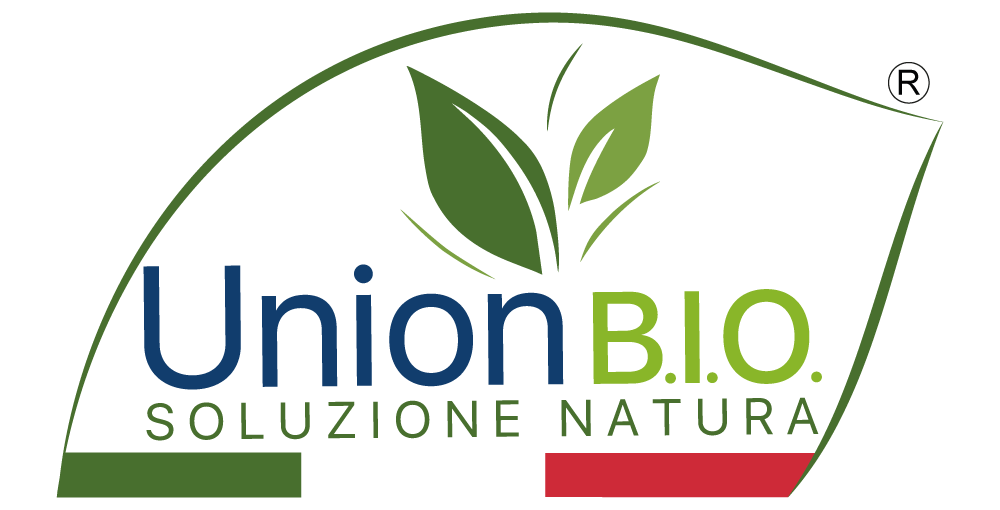


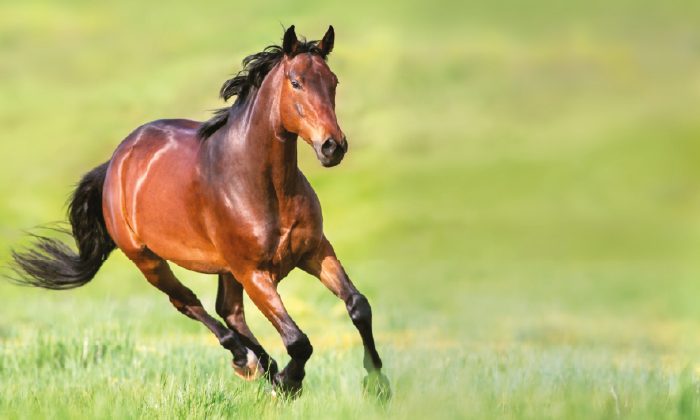








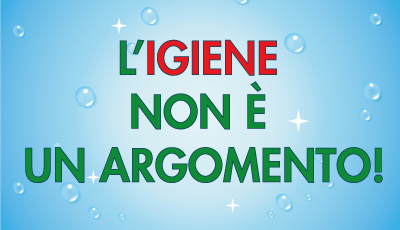

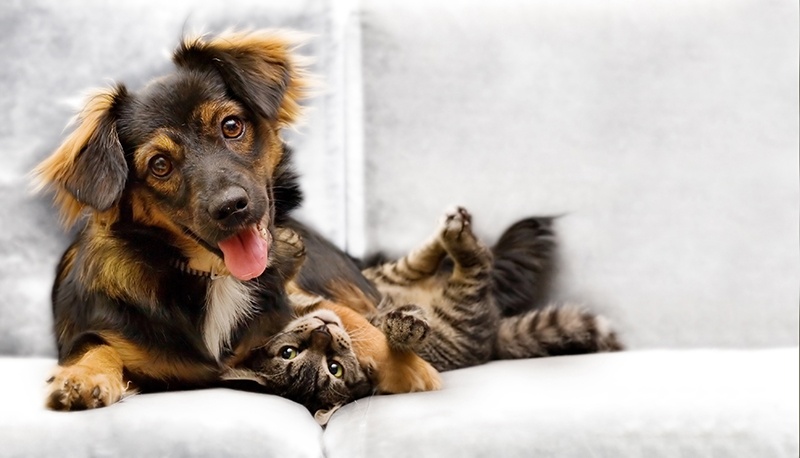


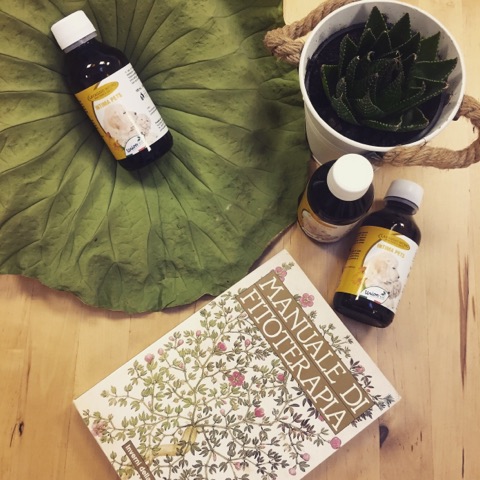


Hello, I have a greyhound who started with a vasculitis in the ears and in a few months of very high fever he fell ill with autoimmune poliatritis cured only with cortisone. I ask for help because it is getting worse. Thank you
Hi, unfortunately in the case of autoimmune pathologies we cannot offer concrete help for the pathology, as only immunosuppression can alleviate the symptoms of the disease. What we would like to recommend is, in agreement with your veterinarian, a specialist visit from a phytotherapist and homeopath veterinarian to reduce the use of chemically synthesized drugs with the help of herbs and possibly homeopathic products and the use, in the life of all days, of completely natural products that do not go to "burden" the already precarious health situation of the animal. This is why we offer you a series of products that are useful in everyday life: TRAUMA DOG, a pain-relieving gel that can also be applied daily on the joints to relieve pain; OTOMUCOPLUS, for the care of the ears, is a valid aid in hygiene and in bacterial pathologies, from yeasts and parasites, which affect the ear; PHYTONOPICK VIALS, natural repellent for fleas and ticks, very good but not toxic for the animal; DETERGIF DOG, spray lotion to clean the animal without the need for water and above all without chemical fragrances or potentially harmful substances such as Peg and Parabens; STERYLIND sanitizer for surfaces, important to guarantee the hygiene of the house, the kennel and places frequented by the animal but in a natural way.
Hoping that the situation will improve, we wish our best wishes for healing to his greyhound and remain available for any other questions.
Sincerely, the UNION BIO study and research group